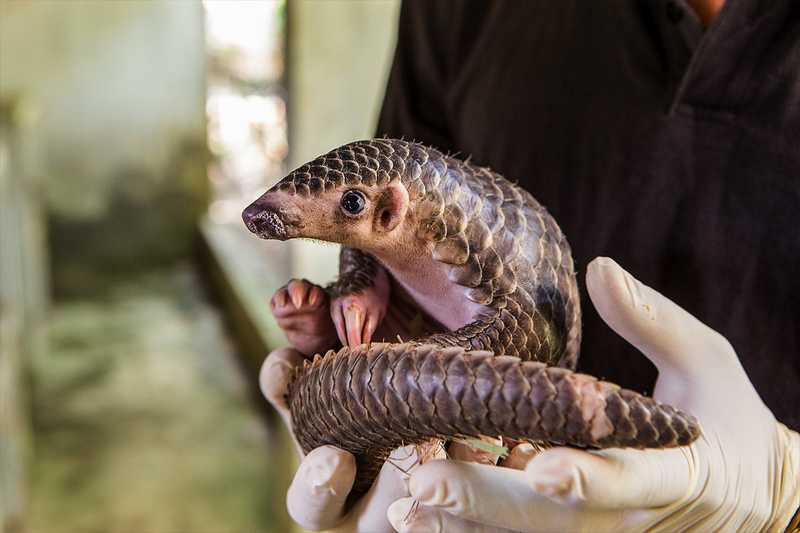
Have you heard of a pangolin? If not—then please read on. Sometimes known as scaly anteaters because of their appearance, they have long tongues and favourite snacks.

Have you heard of a pangolin? If not—then please read on. Sometimes known as scaly anteaters because of their appearance, they have long tongues and favourite snacks. They live in tropical forests, dry woodlands and the savannah. They be odd ambassadors for Nature4Climate, but we like to be inclusive because they and their homes need to be protected.
Let me tell you a little bit more about this animal. They are quite large, about the size of a cat and are completely covered in scales which come into play when pangolins are under attack. That’s when they curl up into a spiky ball.
And, although pangolins are protected by national and international legislation throughout their range, illicit hunting flourishes, predominantly in Asia. This illegal trade takes place despite prohibitions under CITES (Convention on International Trade in Endangered Species of Wild Fauna and Flora)
Sadly, pangolins are the most trafficked wild animal in the world, with more than one million poached over the last decade. In Asia, pangolin scales, blood, and fetuses are used to purportedly treat conditions like liver problems, skin issues, palsy, and swelling, despite the fact they lack any medicinal or therapeutic value.
Pangolins also are considered delicacies in some Asian countries, with their meat selling for up to $200 per kilogram. Secondary threats to pangolins include habitat loss and the African bush meat trade. That’s not only bad for pangolins, but also forests.
Pangolins are known as the guardians of the forest because they protect forests from termite destruction, maintaining a balanced ecosystem. The scaly creatures can consume up to 20,000 ants and termites a day (over 70 million a year) using their long, sticky tongues, which are often longer than their body when fully extended! Thanks to their big appetite, one pangolin can protect an area as large as 31 football fields (41 acres) from termite destruction.
They are also fantastic tenders of soil. Their large and elongated claws enable them to burrow underground for shelter and to excavate ant and termite nests for food. In doing so, the soil is mixed and aerated—much like what happens when we till gardens or plow crop fields. This improves the nutrient quality of the soil and aids the decomposition cycle.
And, of course Pangolins need the forest too. A recent study shows that half the world’s forest habitat is now within 500m of a ‘forest edge’ due to the expansion of road networks, logging, agriculture and other human activity. These edges look different to the rest of the forest: they have more light, less moisture and generally higher temperatures. Breaking up the rainforest into small, isolated patches puts pressure on species that rely on the forest core, but benefits those who like the edges. And Pangolins like core forest.
Video: https://video.nationalgeographic.com/video/short-film-showcase/the-tragic-tale-of-a-pangolin-the-worlds-most-trafficked-animal
Let’s protect, restore and tend forests not just for the climate—but for the mighty mostly unknown pangolin too.